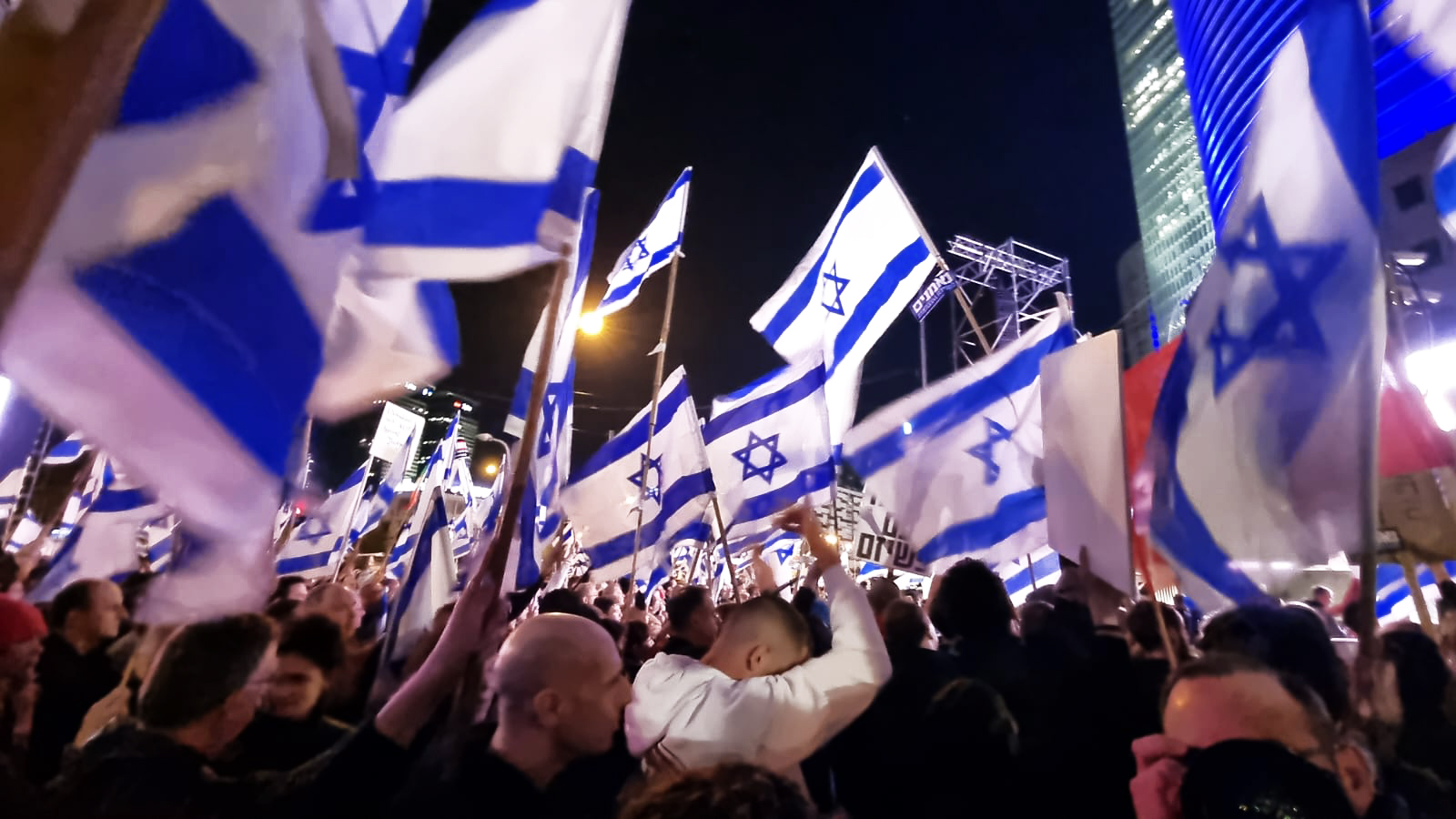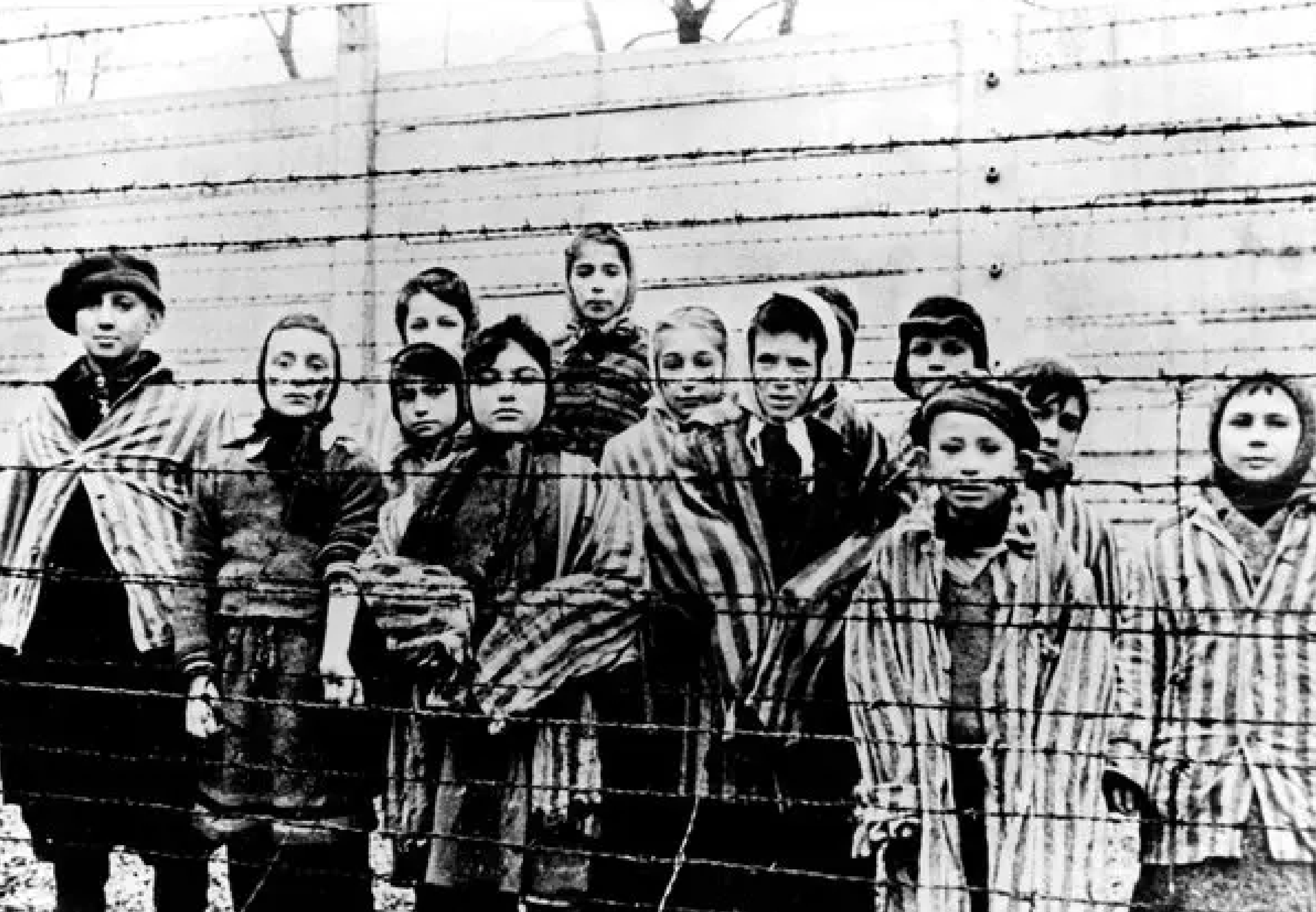
Israel at 100–People, Land and Mission Renewed
(The Times of Israel) – Much has been written about Israel’s 75th anniversary last month. How the Jewish state, reborn after 1,878 years and now with a population of nearly nine million, of whom seven million are Jews, not only survived against unprecedented odds but also thrived.
But no one has written yet about Israel’s 100th anniversary.
True, in the Talmud Rabbi Yocḥanan warns that “from the day that the Temple was destroyed, prophecy was taken from the Prophets and given to fools and children.” Nevertheless, through the mists of future time we can discern an outline of Israel in the year 2048.
Costly triumph in 2024’s four-front war against the Iranian Islamic Republic, including major operations in Lebanon, Judea and Samaria and the Gaza Strip as well as Iran set the stage for the transformative quarter century that followed.
The fighting killed nearly two percent of the Israeli population, roughly 175,000 people. Proportionately, this toll was even greater than in the 1948 War. The vast majority were civilians.
Enemy bombardment destroyed power plants, transportation hubs, residences and hospitals. Sheer volume enabled many of the tens of thousands of rockets and missiles fired by Iran and its Palestinian allies to penetrate Israel’s Iron Dome, Iron Beam and David’s Sling defenses.
Still, Israel emerged victorious. Iran’s defeat led to the overthrow of the country’s already unpopular clerical regime. Its nuclear weapons program lay in ruins. Tehran’s new rulers immediately ended funding of Hezbollah, Hamas and Palestinian Islamic Jihad.
Saudi Arabia led additional Sunni Muslim states in establishing full diplomatic relations with Israel. Ever-expanding regional trade helped the Jewish state repair war-time damage and eventually enlarge national infrastructure. Not only was the Jerusalem-to-Tel Aviv high-speed train reconstructed, but a companion coastal Akko-Tel Aviv-Ashkelon hyper-rail built. A new national expressway stretched from Kiryat Shemona in the far north through Tiberias and Afula, and then down to Shechem (Nablus), Jerusalem, Hebron, Beersheva and Eilat in the far south.
The rationalized transportation grid became feasible in part due to war-stimulated migrations. Chronic if little-reported pre-war Palestinian emigration from the West Bank and Gaza accelerated, as did Jewish immigration from Western diaspora.
With “white adjacent” American Jews marginalized in the name of diversity, inclusion and equity (DIE), resurgent right- and left-wing antisemitism remained unchecked. Economic stagflation under ever-greater federal deficits and taxation also led significant numbers of American Jews and amounts of Jewish capital to relocate. This movement increased after America’s battering in the 2026 war with China over Taiwan, which included cyber devastation of the power grid.
Israel, now the size not just of New Jersey but of the Garden State plus Delaware, extended, empire-like, all 50 miles west to east from Tel Aviv to the Jordan River, all 260 from Kiryat Shemona to Eilat. Finally, from the river to the sea, eretz Yisrael was free.
But material recovery was one thing, politics and the society politicians attempted to lead another. Reconstruction after the Iran war led to political reform. Reconfirming the necessity of unity, though not uniformity, of the Jewish people in the Jewish state, the aftermath of the conflict saw Israelis finally agree on a written constitution.
Among other things, the document called for separation of synagogue and state. The Ministry of Religion was dismantled. Though Orthodox rabbis in the Interior Ministry continued to supervise marriage, divorce and other family law matters for observant Jews, secular Israelis fell under a parallel track.
More importantly, the government no longer subsidized religious institutions. Instead, tax breaks were granted individuals and philanthropies to fund Jewish schools and institutions of advanced Talmud study. The top new 1,000 Torah scholars annually received 12-year exemptions from military or national service.
Knesset elections no longer saw countless candidates for dozens of parties running at-large, resulting in unstable coalition governments. Instead, voting by district quickly led to the formation of two major Zionist parties, one center-right, one center-left, and two minor ones, national-religious right and secular-left. With fringe figures largely shorn of their king-maker power, a new era of relatively effective, majority governments that lasted their full four-year mandates ensued.
Given Russia’s exhaustion after its Ukrainian debacle, the United States divided and dispirited, China severely damaged and Iran no longer a threat, Israel—with its 10 million Jews, economic and technical progress and cultural-spiritual renaissance, became a light unto the nations. From Zion went forth Torah and the word of the Lord from Jerusalem. It was an old story, new again.






